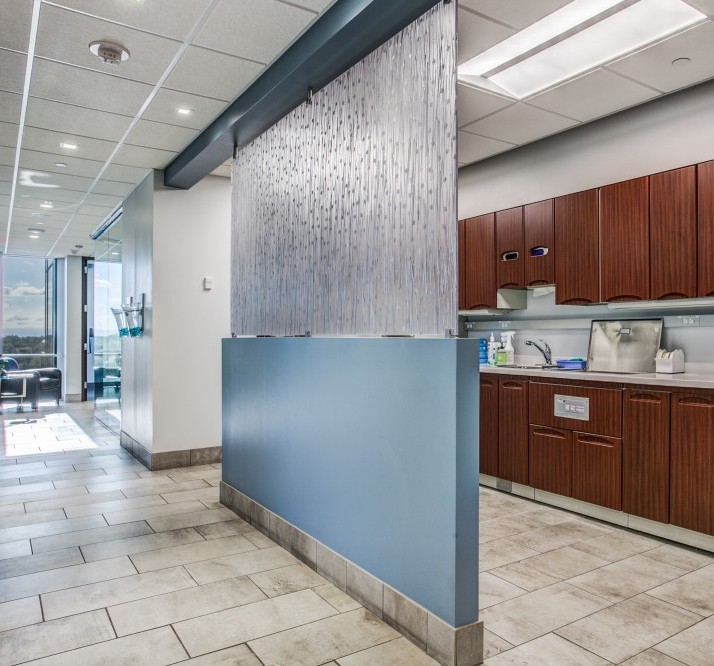
Interior Design FAQs
To offer our valued clients at Studio Innerspace an all-encompassing glimpse into the services provided by our Interior Design firm, we have created a brief compilation of frequently asked questions.
Still have questions? Contact us. We’ll be happy to discuss ideas with you.
What Is Interior Design?
Interior Design is the process of shaping the experience of interior space, through the manipulation of spatial volume as well as surface treatment. Interior Design draws on aspects of environmental psychology, architecture, product design and furniture design in addition to traditional decoration.
In the age of endless searches and instant access to a multitude of information and creative ideas through media, it is important to know that at its core, Interior Design is still a process. A process that combines critical and creative thinking, communication skills and a clear understanding of technology for the purpose of enhancing the built interior. It considers the entire space as it relates to flow, function, performance and aesthetics.
It is methodical, problem-solving and ultimately delivers a visual interpretation of the big picture.
This process is repetitive: A constant churn of designing, evaluating, re-designing, evaluating and refining.
What Do I Get From Hiring A Licensed Interior Designer?
A licensed interior designer will do the following things:
- Analyze their client’s needs, goals, and life safety requirements.
- Integrate their findings with knowledge of interior design and interior architectural design.
- Formulate the preliminary design concepts that are aesthetic, appropriate, and functional, and in accordance with codes and standards.
- Develop and present their final design recommendations through appropriate presentation media.
- Prepare working drawings and specifications for non-load bearing interior construction, reflected ceiling plans, lighting, interior detailing, materials, finishes, space planning, furnishings, fixtures, and equipment in compliance with Universal accessibility guidelines and all applicable codes.
- Deliver creative that maintain the parameters of a project budget and schedule.
- Collaborate with professional services of other licensed practitioners in the technical areas of mechanical, electrical, and load-bearing design as required for regulatory approval.
- Prepare and administer bids and contract documents as the client’s agent.
- Review and evaluate the design solutions during implementation and upon completion.
- Maintain current information on marketable product costs, durability, material content, associated warranties and best recommended applications of said products.
- Utilize their knowledge base to improve the quality of life, increase productivity of the work environment and promote the health, safety and welfare of the general public.
What Is The Difference Between a ‘Registered Interior Designer’ And An Interior Decorator/Designer?
According to the Texas Board of Architectural Examiners, who regulates the practice of interior design in the State of Texas, a Registered Interior Designer meets the following qualifications:
- An Applicant must graduate from a program that has been granted professional status by the Council for Interior Design Accreditation (CIDA) formerly Foundation for Interior Design Education Research (FIDER) or the National Architectural Accrediting Board (NAAB).
- Must have successfully completed all sections of the National Council for Interior Design Qualification (NCIDQ) exam.
- Shall complete a minimum of twelve (12) hours of Continuing Education credits per year in various topics pertinent to public welfare, contributing to environmental and economic sustainability, promoting public health and well-being, encouraging community building and stewardship, offering aesthetic and creative experiences and enabling people and communities to function more effectively. A minimum of eight (8) hours must be structured study; up to four (4) hours may be self-directed. This is achieved by attending seminars, classes and workshops. The following are required:
- 1-hour of barrier-free design
- 1-hour of sustainable or energy-efficient design
An interior decorator or designer may have no formal interior design education, qualification or regulation. They are not required to maintain current and important knowledge in all aspects of Interior Design. They are not bound to protect and promote the very best in healthy, safe and well-designed interior spaces. A decorator is limited to finish and furniture selection.
Do I Need An Architect?
An Interior Designer’s approach is from the inside out, making them an ideal resource for any remodel or renovation. An interior designer is not authorized to practice removal or modification of load bearing interior walls. An interior designer may consult a licensed architect or a licensed structural engineer in this event and must have stamped approval by the appropriate discipline.
In most remodels and renovations an interior designer has the full qualifications to be the primary discipline overseeing the project.
An interior designer often teams up with an architect on ground up construction to best utilize both disciplines so the interior and exterior function cohesively.

